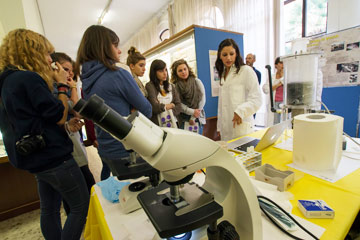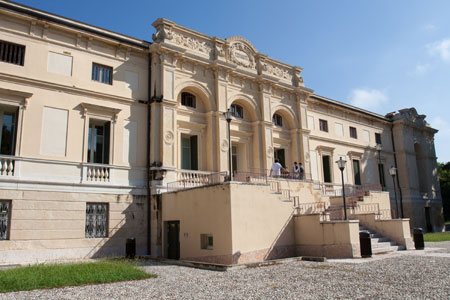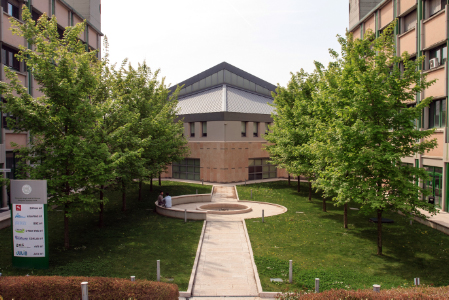The SINERGHY project focuses on the development of an integrated and innovative energy system, combining advanced technologies for the production, storage and management of energy from renewable sources. It aims to develop advanced and integrated technological solutions to improve energy efficiency and environmental sustainability. The main areas of research and development include:
1. Hybrid System for Green Hydrogen and Energy Storage: Integration of an electrolyzer for the production of green hydrogen with electrochemical storage systems and renewable energy sources.
2. Technologies for Solid Hydrogen: Production and regeneration of solid hydrogen by non-electrolytic methods.
3. Pure Hydrogen Boilers: Development of industrial boilers for the combustion of pure hydrogen.
4. Multi-Source Heat Pumps: Development of innovative heat pumps (air-water and water-water) associated with efficient and convenient geothermal probes, integrated with thermal-refrigerant storage and photovoltaic with electric batteries, managed by an AI control system.
5. Tandem Photovoltaic Cells: Creation of photovoltaic cells that combine crystalline silicon and thin film technology, to absorb different parts of the solar spectrum.
6. Hybrid Plants for Spirulina Algae and CO2: Creation of plants for the production of spirulina algae using renewable photovoltaic energy for the capture of industrial waste CO2.
7. Energy Requalification of Buildings: Creation of innovative products for energy requalification, including balconies and monoblocks for ventilated facades and vertical gardens.
The part concerning the LAPS laboratory is on tandem photovoltaic cells. Tandem cells are made by stacking two cells with different technologies in order to divide the spectrum into two parts absorbed by the two different cells with a greater efficiency than the absorption of the single cell, limiting thermal dissipation.
The application of CdTe technology as a partner cell of silicon cells is unique in Italy and allows for an extremely stable tandem cell. The project includes the feasibility study of a CdTe/Si tandem cell, the creation of transparent rear contacts, and the tuning of the CdTe band gap to optimize light absorption compared to silicon cells.
Project funded by PR Veneto FESR 2021-2027.








